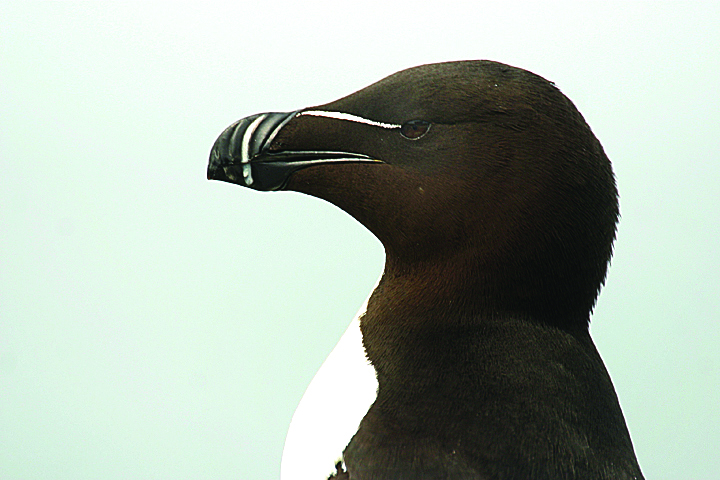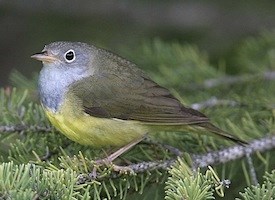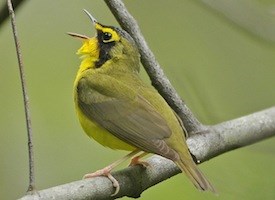Well, there's some kind of basketball thing or something, but your Amateurnithologist's bracket was ruined after all the teams with bird mascots were eliminated. Can you believe my bad luck? Anyway, by the time you're reading this blog, the game is probably already in the history books, but we can still see how these two states match up head to head
in terms of birding!
We'll be examining these states in 5 scientifically chosen categories
Best State Bird
Coolest Bird that Lives There
Warbler Face-off
Best Birding Hotspot in the State
Most Birds
Enough reviewing the rulebook, here's the tip-off
State BirdAmerican Robin (Conn) vs. Cardinal (Ken)


My antipathy towards the American Robin
is well known. It is, I think, a profoundly boring bird. The Northern Cardinal, by contrast, is a showy hot-shot with a well-defined look and 'tude. His name is taken from the high-up position in the Catholic church. He's the clear favorite going in here. Taking things a little bit deeper, however, you will find that the Cardinal is actually the state bird of 7 states, making the most common state bird. While the Robin remains a conventional choice (3 states), it's not nearly as played-out as that. Next time, Kentucky, get more creative. The point goes to Connecticut!
Coolest Bird you Might See There
Yellow Northern Cardinal (Ken) vs. Razorbill (Conn)
 |
| c. David Gourley @kentucky.com |
 |
| c. Chris Bosak @birdcallsradio.com |
What you see above is a very rare genetic mutation of a Northern Cardinal that has shown up in Kentucky as recently as 2011. It would be a surprising treat for any birder to see, and normally Kentucky would be sinking this three pointer easily. However, Connecticut has come prepared with a bird baring a bad-ass name and lineage. His name is Razorbill (metal!) and he's the closest surviving relative of the Great Auk, a nearly 3 foot tall flightless seabird, sort of a northern penguin. He might be dead, but Razorbill is still alive and kicking, and seen on occasion on Connecticut shorelines. Another point for Connecticut!
Warbler Face-off
Connecticut Warbler vs. Kentucky Warbler
 |
| c. Gerry Dewaghe @allaboutbirds.org |
 |
| Ed Schneider @allaboutbirds.org |
It turns out that both Connecticut and Kentucky have exactly one bird named after their state, and in each case it is a warbler. These are both undeniably neat looking birds, but we must only choose one. The Connecticut Warbler (while baring an uncanny resemblance to
one flappy bird), looks like it may get disqualified on a technicality here. The dubiously eponymous warbler winters in South America, summers in Canada, and only ever just passes through the eastern US at all. He really has basically nothing to do with Connecticut. Also, the Kentucky Warbler was cooler looking anyway. Kentucky puts a point on the board!
Best Birding Hotspot
Stratford Point, Connecticut vs. John James Audobon State Park
 |
| @wikipedia.org |
 |
| c. Twan Leenders @ctaudobon.org |
Stratford Point is where you want to be if you're birding in Connecticut. It's both a frequent stop-over for rare migrants and possesses a unique coastal grasslands habitat that attracts birds year round. It's even the site of The Connecticut Audubon Society's science and conservation offices. You know what it's not though? Audubon's actual home! Boom, Kentucky sinks another one. Aside from being the location where James Audubon did much of his seminal work on birds, Audubon State Park boasts 6.5 miles of hiking trails, camping, lakes, and a museum. In this category, Connecticut had really long odds, since Kentucky is literally 8 times the size of it.
Most Birds
Connecticut took an early lead and was up at the half, but Kentucky rallied and managed to bring the game into overtime. After such a hard-fought game, it is somewhat fitting that it comes down to a simple free-throw. But who has the numbers they need to seal the deal and claim the trophy?
The winner, as determined by their own state's Ornithological Association count is...
Connecticut with an estimated 417 species vs. Kentucy's still impressive 364!
Which means
Connecticut Wins this bird off and is a lock to win the NCAA finals tonight. This prediction is pure science and has nothing to do with the fact that your amateurnithologist went to UConn. Go Huskies! I mean birds... go birds.






